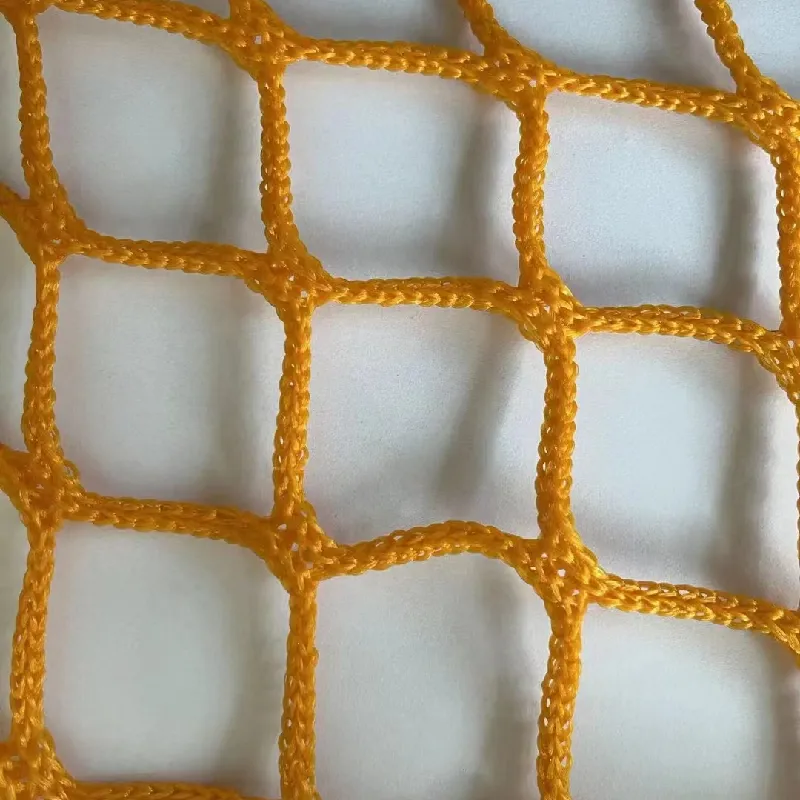-
 Afrikaans
Afrikaans -
 Albanian
Albanian -
 Amharic
Amharic -
 Arabic
Arabic -
 Armenian
Armenian -
 Azerbaijani
Azerbaijani -
 Basque
Basque -
 Belarusian
Belarusian -
 Bengali
Bengali -
 Bosnian
Bosnian -
 Bulgarian
Bulgarian -
 Catalan
Catalan -
 Cebuano
Cebuano -
 China
China -
 Corsican
Corsican -
 Croatian
Croatian -
 Czech
Czech -
 Danish
Danish -
 Dutch
Dutch -
 English
English -
 Esperanto
Esperanto -
 Estonian
Estonian -
 Finnish
Finnish -
 French
French -
 Frisian
Frisian -
 Galician
Galician -
 Georgian
Georgian -
 German
German -
 Greek
Greek -
 Gujarati
Gujarati -
 Haitian Creole
Haitian Creole -
 hausa
hausa -
 hawaiian
hawaiian -
 Hebrew
Hebrew -
 Hindi
Hindi -
 Miao
Miao -
 Hungarian
Hungarian -
 Icelandic
Icelandic -
 igbo
igbo -
 Indonesian
Indonesian -
 irish
irish -
 Italian
Italian -
 Japanese
Japanese -
 Javanese
Javanese -
 Kannada
Kannada -
 kazakh
kazakh -
 Khmer
Khmer -
 Rwandese
Rwandese -
 Korean
Korean -
 Kurdish
Kurdish -
 Kyrgyz
Kyrgyz -
 Lao
Lao -
 Latin
Latin -
 Latvian
Latvian -
 Lithuanian
Lithuanian -
 Luxembourgish
Luxembourgish -
 Macedonian
Macedonian -
 Malgashi
Malgashi -
 Malay
Malay -
 Malayalam
Malayalam -
 Maltese
Maltese -
 Maori
Maori -
 Marathi
Marathi -
 Mongolian
Mongolian -
 Myanmar
Myanmar -
 Nepali
Nepali -
 Norwegian
Norwegian -
 Norwegian
Norwegian -
 Occitan
Occitan -
 Pashto
Pashto -
 Persian
Persian -
 Polish
Polish -
 Portuguese
Portuguese -
 Punjabi
Punjabi -
 Romanian
Romanian -
 Russian
Russian -
 Samoan
Samoan -
 Scottish Gaelic
Scottish Gaelic -
 Serbian
Serbian -
 Sesotho
Sesotho -
 Shona
Shona -
 Sindhi
Sindhi -
 Sinhala
Sinhala -
 Slovak
Slovak -
 Slovenian
Slovenian -
 Somali
Somali -
 Spanish
Spanish -
 Sundanese
Sundanese -
 Swahili
Swahili -
 Swedish
Swedish -
 Tagalog
Tagalog -
 Tajik
Tajik -
 Tamil
Tamil -
 Tatar
Tatar -
 Telugu
Telugu -
 Thai
Thai -
 Turkish
Turkish -
 Turkmen
Turkmen -
 Ukrainian
Ukrainian -
 Urdu
Urdu -
 Uighur
Uighur -
 Uzbek
Uzbek -
 Vietnamese
Vietnamese -
 Welsh
Welsh -
 Bantu
Bantu -
 Yiddish
Yiddish -
 Yoruba
Yoruba -
 Zulu
Zulu
Exploring the Versatile Uses of Plastic Plant Mesh for Gardening and Landscaping Applications
The Versatility of Plastic Plant Mesh
In the realm of gardening and landscaping, the advent of plastic plant mesh has marked a significant milestone. This innovative product has transformed the way we support plant growth, organize gardens, and enhance overall aesthetics. Plastic plant mesh, a lightweight and durable material, is made from high-density polyethylene or polypropylene, making it resistant to rot, pests, and harsh weather conditions. Its versatility and countless applications have made it a staple for both amateur gardeners and professional horticulturists alike.
One of the primary uses of plastic plant mesh is in providing support for climbing plants. Whether it’s tomatoes, cucumbers, or flowering vines, the mesh offers a robust framework for these plants to latch onto as they grow upwards. This vertical growth not only maximizes space in small gardens but also improves air circulation, reducing the risk of fungal diseases. Moreover, the mesh allows sunlight to penetrate better, promoting healthier plant development.
Beyond support for climbing plants, plastic plant mesh serves as an excellent tool for plant protection. Gardeners often face challenges such as pests and wandering animals that can devastate crops and ornamental plants. Plastic mesh can be strategically placed around plants to deter these threats without hindering access to sunlight and moisture. The mesh can also protect young seedlings from harsh environmental factors, such as strong winds or heavy rain, allowing them to establish a strong root system.
In addition to providing support and protection, plastic plant mesh plays a crucial role in organization. For community gardens and larger agricultural operations, maintaining order is essential for efficient management. The mesh can be used to create designated planting areas, helping to prevent overcrowding and ensuring that each plant receives adequate nutrients and light. By establishing clear boundaries, gardeners can better track plant growth and make informed decisions about watering, fertilizing, and harvesting.
plastic plant mesh

The aesthetic appeal of gardens is often enhanced with the use of plastic plant mesh. Available in various colors and designs, this material can be creatively incorporated into garden layouts. It can be used as trellises, decorative fences, or even as part of vertical gardens. By adding visual interest, plastic plant mesh allows gardeners to express their creativity, turning a simple garden into a vibrant outdoor space.
Sustainability is another significant aspect of plastic plant mesh. As gardening becomes increasingly eco-conscious, the demand for sustainable materials is on the rise. Plastic mesh is often made from recycled materials and is fully recyclable itself, making it an environmentally friendly option. This aligns well with the growing movement towards sustainable gardening practices, where minimizing waste and reducing the carbon footprint are key objectives.
Furthermore, the ease of installation and maintenance of plastic plant mesh cannot be overstated. Unlike traditional wooden stakes or metal supports, which can rot or rust over time, plastic mesh remains durable and functional for years with minimal upkeep. Gardeners appreciate that they can easily cut, shape, or adjust the mesh to fit their specific needs, leading to a more personalized gardening experience.
In conclusion, plastic plant mesh is a versatile and indispensable tool in modern gardening. From providing support for climbing plants to protecting seedlings and enhancing garden aesthetics, its benefits are numerous. As gardening practices evolve and sustainability becomes a priority, the role of plastic plant mesh is likely to grow even further. Whether you are a seasoned gardener or a novice enthusiast, incorporating plastic plant mesh into your gardening toolkit can lead to improved plant health, organization, and creativity in your green spaces.
-
Shipping Plastic Bags for Every NeedNewsJul.24,2025
-
Safety Netting: Your Shield in ConstructionNewsJul.24,2025
-
Plastic Mesh Netting for Everyday UseNewsJul.24,2025
-
Nylon Netting for Every UseNewsJul.24,2025
-
Mesh Breeder Box for Fish TanksNewsJul.24,2025
-
Expanded Steel Mesh Offers Durable VersatilityNewsJul.24,2025











